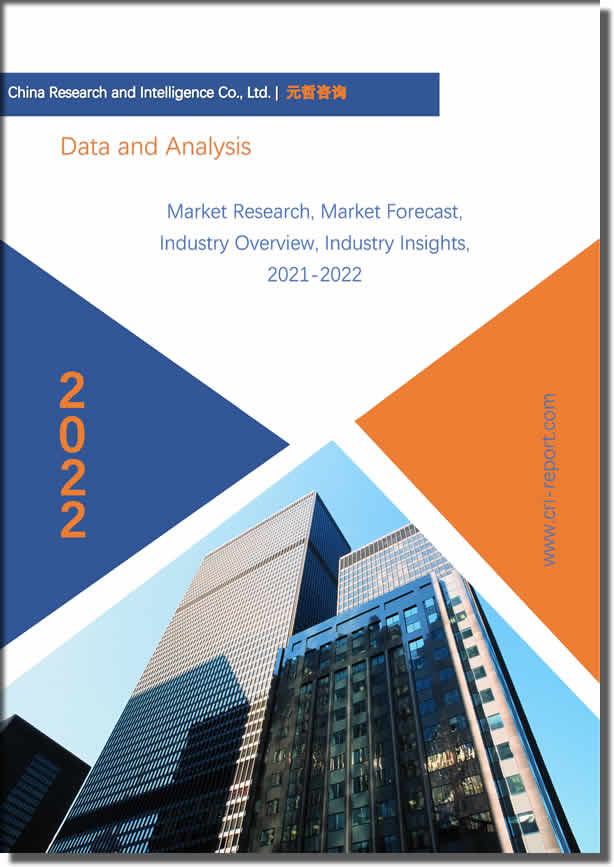Description
Global IOT in Healthcare Market Analysis and Forecast Report 2030
Product Overview
Internet of Things (IoT) is a software-embedded technology that can capture and share data through software, sensors, actuators, electronics, and network connectivity. IoT provides the patient with higher quality treatment by simplifying the healthcare experience. In addition, remote-connected medical devices such as insulin pumps, cardiac monitoring devices, and Continuous Positive Airway Pressure (CPAP) machines provide real-time patient information and remote monitoring of patients via paper-based medical care. IoT allows regular contact with the physician to monitor the specific data of the patient that is useful for patients with diabetes and asthma. In terms of cost and time saving, IoT simplifies experience.
Market Highlights
Global IoT in Healthcare Market is expected to project a notable CAGR of 24.6% in 2030.
Global IoT in Healthcare Market to surpass USD 491 billion by 2030 from USD 71.2 billion in 2020 at a CAGR of 24.6% throughout the forecast period, i.e. 2019-30. The increasing focus on active patient engagement and patient-centered care, the increasing need for cost-control measures in the healthcare sector, and the growth of high-speed network technologies for IoT connectivity are key factors driving the growth of the IoT market in healthcare, and the increasing focus on patient-centered service delivery through different channels. Increasing penetration of intelligent wearables for body activity tracking and analyzing data from these devices to optimize performance would fuel market growth.
Global IoT in the Healthcare Market: Segments
Systems and software Segment to grow with the highest CAGR during 2020-30
Global IoT in Healthcare Market is segmented by Component into Medical Devices, Systems and Software, Services. The greater market share in 2019 was accounted for by the Medical Devices segment and is projected to lead the IoT in the Healthcare market in terms of value during the forecast period. The rising need for cost-effective and reliable solutions for providing healthcare services can be due to the large-scale adoption of medical devices. IoT-enabled medical devices play an important role in the processing and monitoring of data, contributing to the creation of different IoTs in healthcare use cases.
Wi-Fi Segment to grow with the highest CAGR during 2020-30
Global IoT in Healthcare Market is segmented by Technology into Wi-Fi, Bluetooth Low Energy, Near Field Communication, Zigbee, Cellular, Satellite. Based on Technology, the Wi-Fi segment is expected to demonstrate the fastest growth during the forecast period. Due to the technology adoption, as Wi-Fi-supported healthcare IoT solutions assist in seamless data sharing and continuous patient tracking, thus decreasing the number of hospital visits and enhancing patient outcomes.
Inpatient Monitoring Segment to grow with the highest CAGR of during 2020-30
Global IoT in Healthcare Market is segmented by application into Telemedicine, Connected Imaging, and Inpatient Monitoring. Based on the Application, the inpatient Monitoring is expected to demonstrate the fastest growth during the forecast period. Inpatient monitoring is a method requiring constant assessment of the physiological functions of a patient to direct management decisions and to make therapeutic interventions. It provides numerous monitoring systems, which are analyzed and processed using gateways and clouds, designed to collect physiological information. Although the IoT in healthcare is not yet commonly used throughout, there will be a huge rise in demand for internet stuff in this industry in the coming years. This rapid scaling of these innovations is due to decreasing production costs and reducing the size of components by making the use of the user-friendly and lightweight.
Global IoT in Healthcare Market: Market Dynamics
Drivers
Increasing prevalence of chronic diseases
Growth of the IoT healthcare market would be favored by growing internet connectivity and the introduction of government regulatory policies to make the IoT nation on different platforms. For example, the Brazilian government unveiled the Internet of Things: An Action Plan for Brazil’s strategy to boost its economy and growth in four different fields. This involves, and will be applied between 2018 and 2022, housing, agribusiness, smart cities and manufacturing. This implementation will also help to expand the IoT healthcare sector in the near future. In addition, the growing prevalence of chronic diseases and the growing demand for improved management of diseases and cost-effective treatment are expected to drive the growth of the IoT healthcare sector.
Increasing investments in Healthcare IoT Solutions
IoT players in the healthcare industry constantly concentrate on strategic initiatives such as alliances and agreements to provide healthcare organizations with technologically innovative solutions for better services. In November 2015, for example, the European Union initiated the Connecting Europe Facility program and invested millions in digital service infrastructure deployments. Participants in the industry concentrate on connected sensor technology in order to help track, diagnose, handle patients and treatments. In addition, they provide solutions for analyzing sensor information from healthcare facilities to maximize operating efficiencies.
Restrain
High Cost of Technology
In healthcare, old infrastructure is a proven issue. It has been identified that there are different organizations in the healthcare sector that are still burdened with legacy IT infrastructure for healthcare. In the implementation of new technologies, these companies need the right labour to incorporate them. A major challenge faced by IoT with the increasing introduction of IoT is data protection and privacy, which further increases the vulnerability of the healthcare industry to cyber-attacks.
Global IoT in the Healthcare Market: Regions
Global IoT in Healthcare Market is segmented based on regional analysis into five major regions. These include North America, Latin America, Europe, APAC, and MENA.
Global IoT in Healthcare Market in the APAC region held the largest market share of XX.X% in 2019 with emerging economies such as China and India which is likely to grow during the forecast period due to major technological shifts, such as those being heralded by IoT are likely to shape the future of the region. Many Asian countries, such as China, Japan, and India, are leveraging information-intensive IoT technologies, to cater to the increasing healthcare service demand and hence, APAC is expected to show promising opportunities to deploy IoT in healthcare solutions.
Competitive Landscape:
Global IoT in the Healthcare market, which is highly competitive, consists of several major players. Companies, such as Medtronic Plc, Royal Philips, Cisco Systems Inc. hold a substantial market share in IoT in the Healthcare market. Other players analyzed in this report are IBM Corporation, GE Healthcare, Microsoft Corporation, SAP SE, Qualcomm Life, Inc., Honeywell Life Care Solutions, and Stanley Healthcare among others.
Recently, various developments have been taking place in the market. For instance, in February 2018, GE Healthcare launched LOGIQ E10, a high-end radiology ultrasound system that is fully digital and supported by cloud connectivity, artificial intelligence technology, and advanced algorithms to obtain and reconstruct data for accurate diagnosis.
Global IoT in Healthcare Market is further segmented by region into:
North America Market Size, Share, Trends, Opportunities, Y-o-Y Growth, CAGR – United States and Canada
Latin America Market Size, Share, Trends, Opportunities, Y-o-Y Growth, CAGR – Mexico, Argentina, Brazil and Rest of Latin America
Europe Market Size, Share, Trends, Opportunities, Y-o-Y Growth, CAGR – United Kingdom, France, Germany, Italy, Spain, Belgium, Hungary, Luxembourg, Netherlands, Poland, NORDIC, Russia, Turkey and Rest of Europe
APAC Market Size, Share, Trends, Opportunities, Y-o-Y Growth, CAGR – India, China, South Korea, Japan, Malaysia, Indonesia, New Zealand, Australia, and Rest of APAC
MENA Market Size, Share, Trends, Opportunities, Y-o-Y Growth, CAGR – North Africa, Israel, GCC, South Africa and Rest of MENA
Global IoT in Healthcare Market: Key Players
Avery Dennison Corporation
Company Overview
Business Strategy
Key Product Offerings
Financial Performance
Key Performance Indicators
Risk Analysis
Recent Development
Regional Presence
SWOT Analysis
CCL Industries Inc.
3M Company
E.I. Du Pont De Nemours and Company
Zebra Technologies Corporation
Sicpa Holding SA
AlpVision SA
Applied Dna Sciences Inc.
Uflex Limited
Authentix Inc.
Ampacet Corporation
PharmaSecure Inc.
Global IoT in Healthcare Market report also contains analysis on:
Global IoT in Healthcare Market:
By Technology:
Mass Encoding
RFID
Forensic
Tamper Evidence
Hologram
By Application:
Pharmaceuticals and Healthcare
Food and Beverage
Clothing and Apparel
Others
IoT in Healthcare Market Dynamics
IoT in Healthcare Market Size
Supply & Demand
Current Trends/Issues/Challenges
Competition & Companies Involved in the Market
Value Chain of the Market
Market Drivers and Restraints



Reviews
There are no reviews yet.